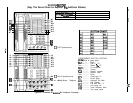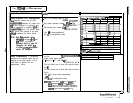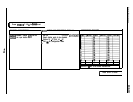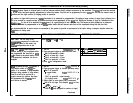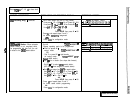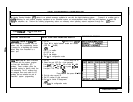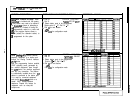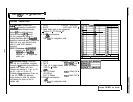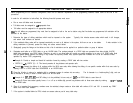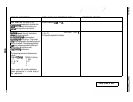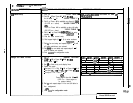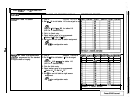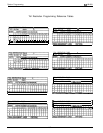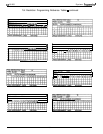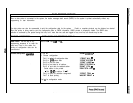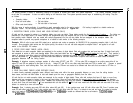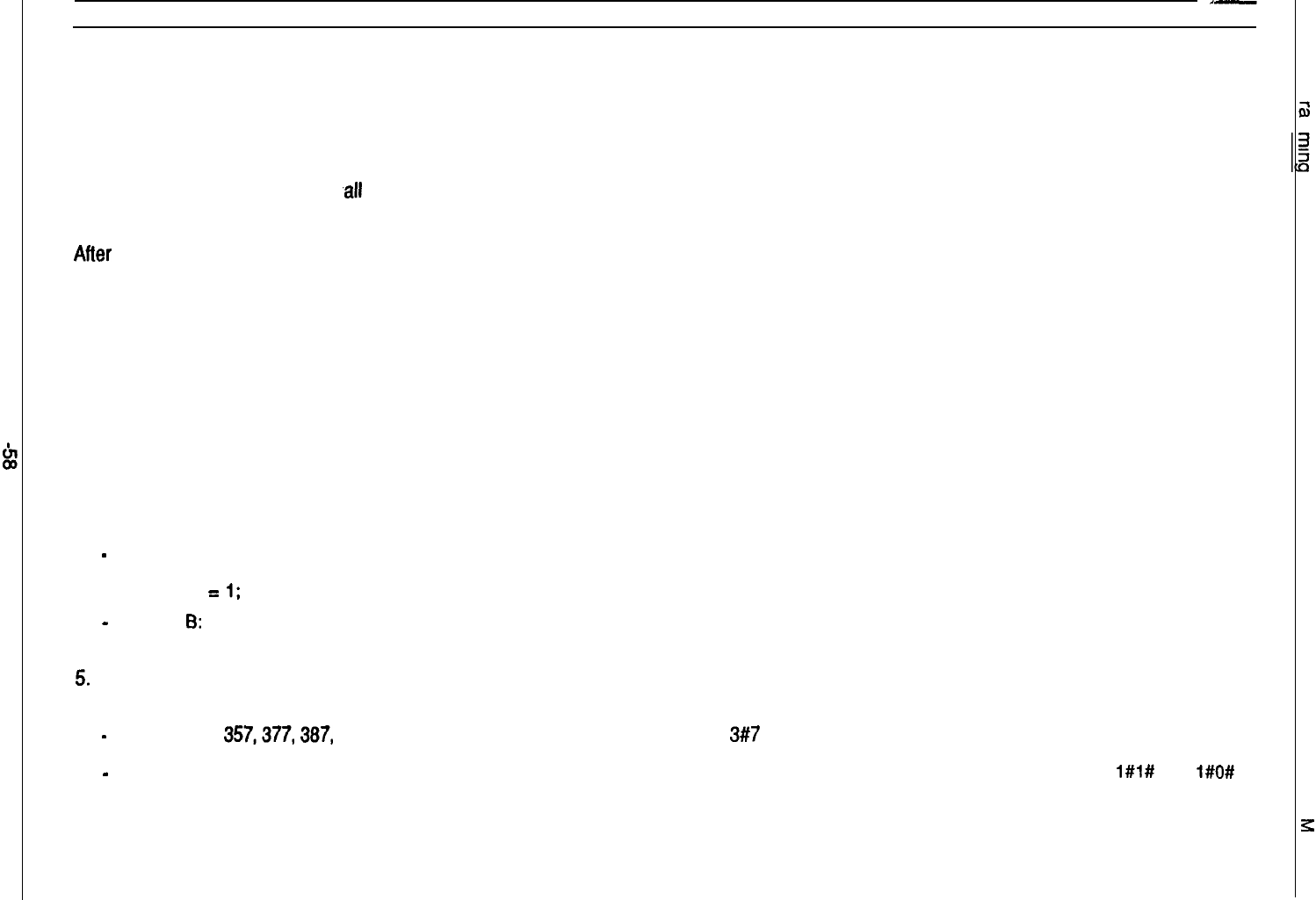
TOLL RESTRICTION TABLE CONFIGURATION
Before programming the toll restriction configuration, enter the toll restriction requirements on the programming reference tables found at the end of this
procedure.
In order for toll restriction to take effect, the following three-fold process must occur.
l
One or more toll tables must be entered
l
Toll tables must be assigned to
.all
appropriate lines.
l
Toll tables must be assigned to all appropriate stations.
After the toll tables are programmed, they must then be assigned to both a line and a station using that line before any programmed toll restriction will be
activated at the station.
1.
Determine the types of dialing restrictions which must be imposed on the system.
Typically, this includes access codes which result in toll charges,
and certain local numbers as desired.
2.
If the restricted dialing codes will be imposed consistently on most or all stations in the system, list them on one or two tables. If wide variation in the
dialing restrictions is planned, spread the listing out across several tables.
3.
Strategically group the listings on the tables so that a list of restrictions can be applied to a particular station or group of stations.
4.
Designate each table as a DENY table or as an ALLOW table. The numbers entered in a DENY table are prevented from being dialed. ALLOW
tables take precedence over DENY tables. Therefore, an entry in an allow table will provide an explicit exception to an entry in a DENY table. Note
that the system always permits the dialing of any number not explicitly denied. Also, system speed dial numbers will not be toll restricted unless
specified by station COS programming.
-
Example A: Provide a simple and broad toll restriction format by creating a DENY table with two entries:
l
ENTRY (1) =
1;
ENTRY (2) = 0. This format prevents all long distance and operator calls.
-
Example 6: Prevent the dialing of all numbers within the (804) area code, while allowing the dialing of one specific number within that area code. by
entering 1804 in a DENY table and 18049782200 in an ALLOW table.
5. Press the # button in place of a particular digit to condense a range of numbers into one entry. The # character is a “match-anything” digit, and can
be included in an entry in either a DENY table or an ALLOW table.
-
Example A: If 357,377,387, and 397 dialing is to be prohibited, list one entry of 3#7 on a DENY table to cover them all.
-
Example B: Since area codes typically have a 1 or a 0 as a middle digit, prevent long distance calls to those area codes by entering
l#l#
and l#O#
in an DENY table.
8.
Since it is important that emergency numbers never be restricted, always create an allow table with entries of 911 and 1911 to override any DENY
tables that have been created.
7.
If the system is installed behind a PBX, include an access code as part of every table entry.



